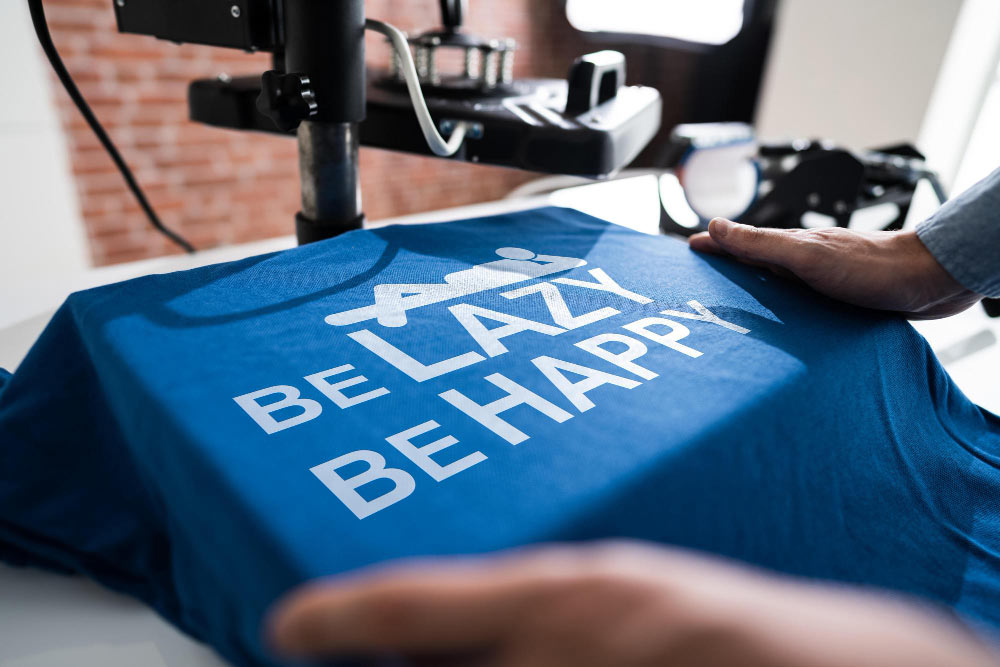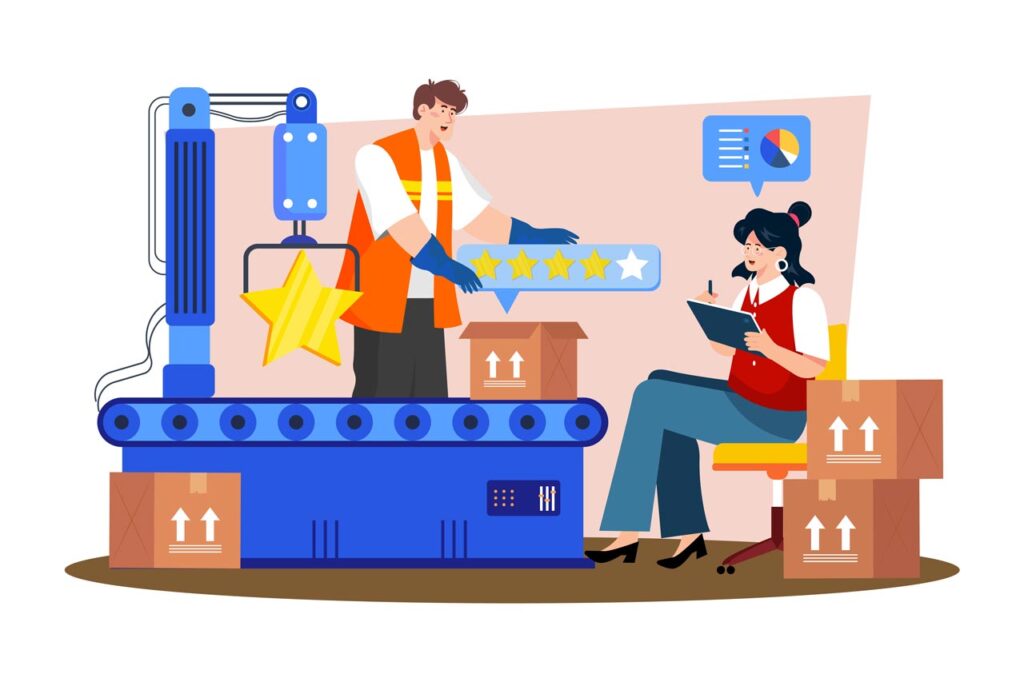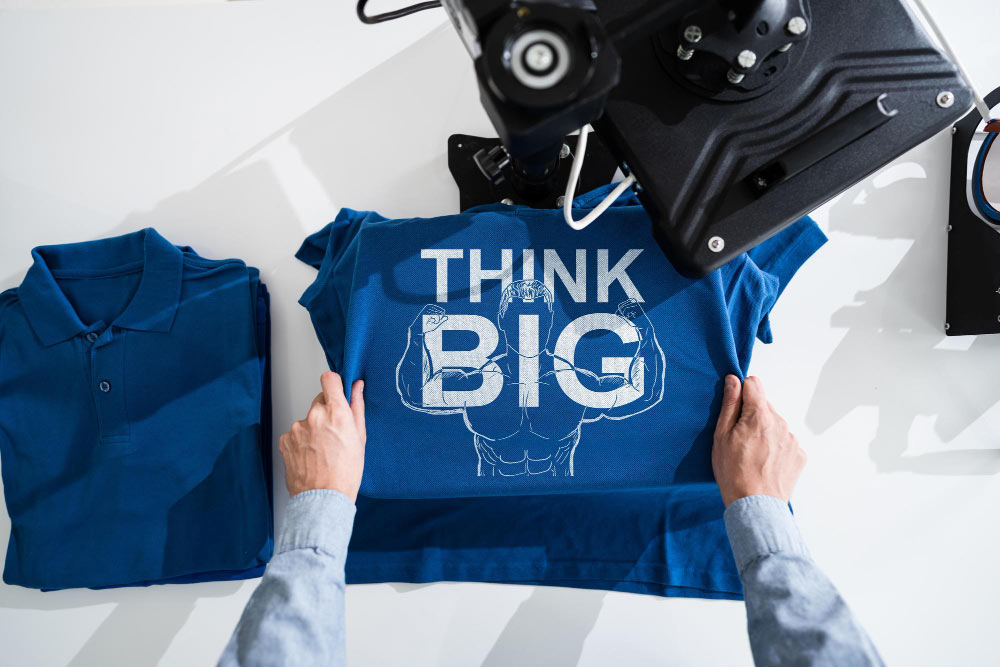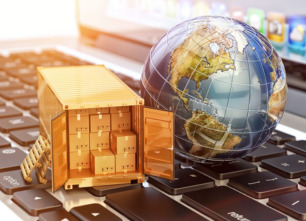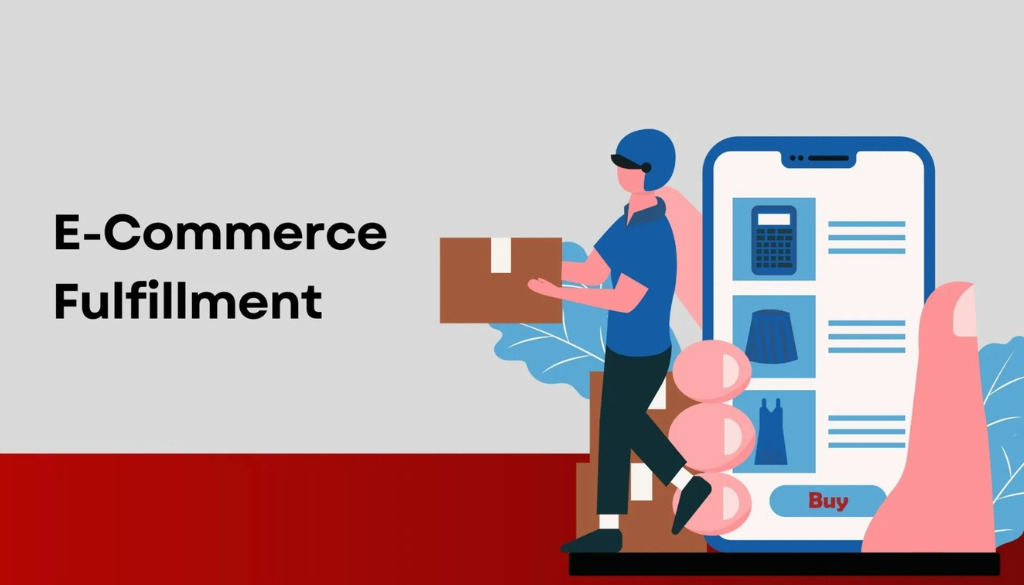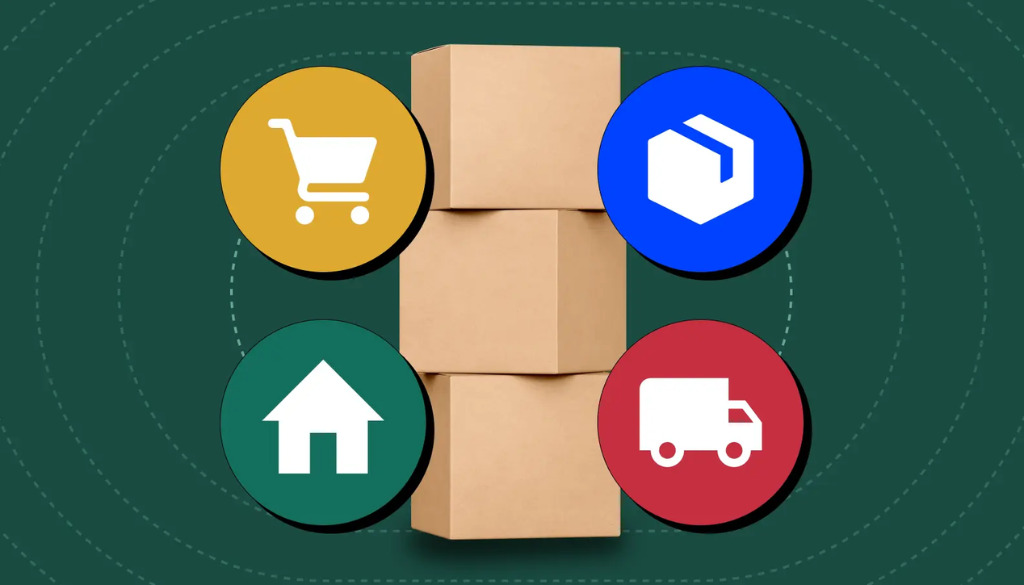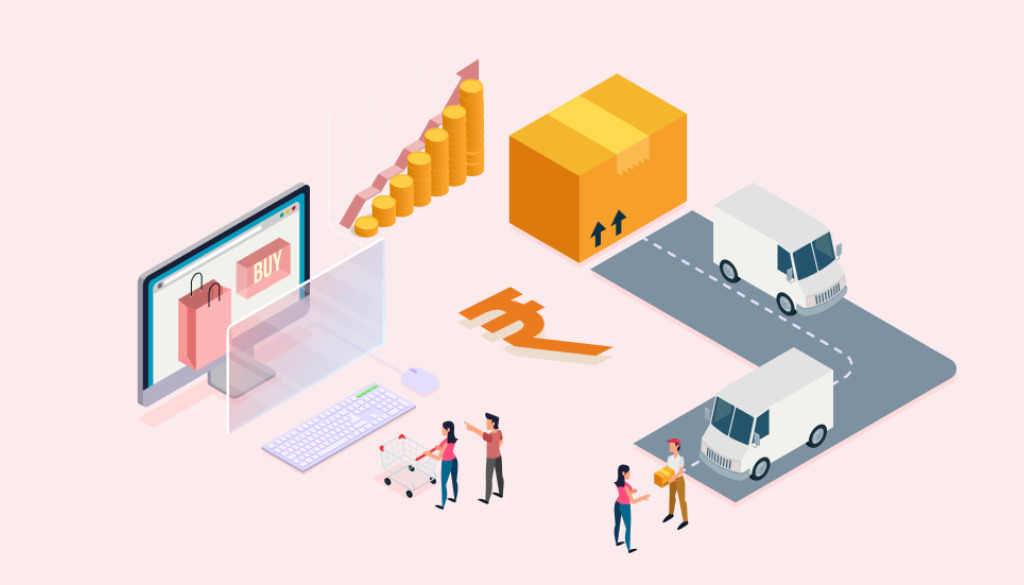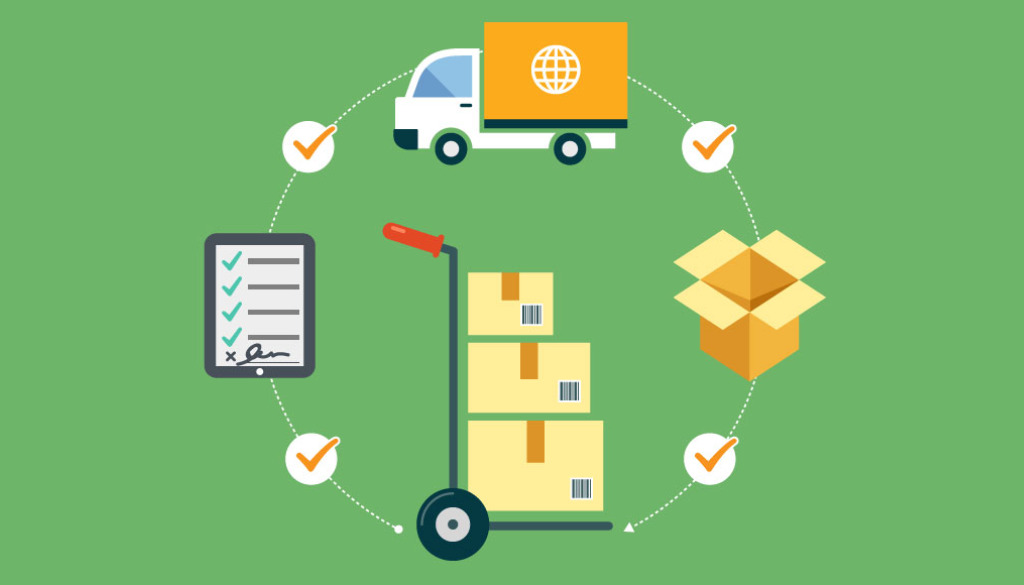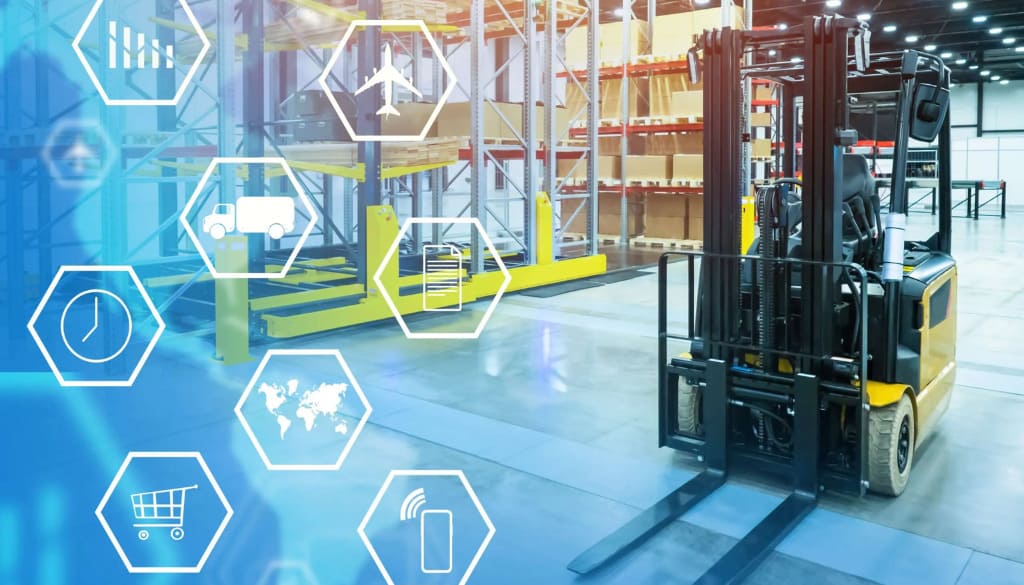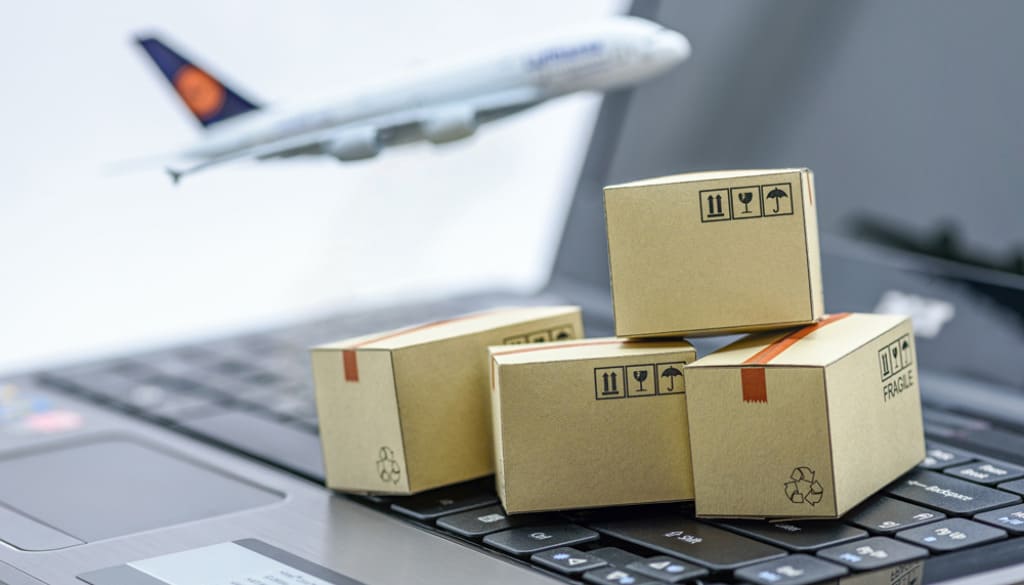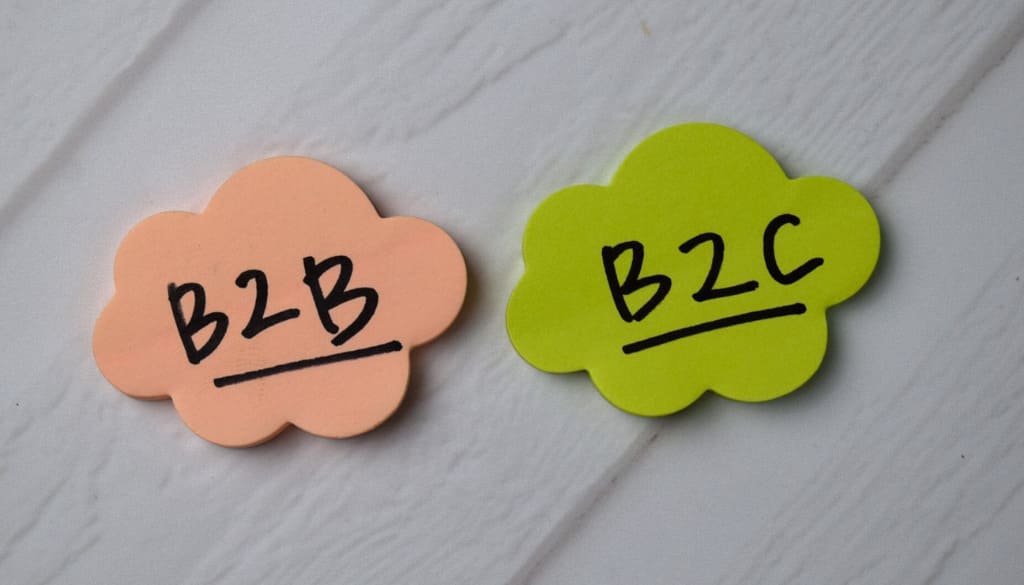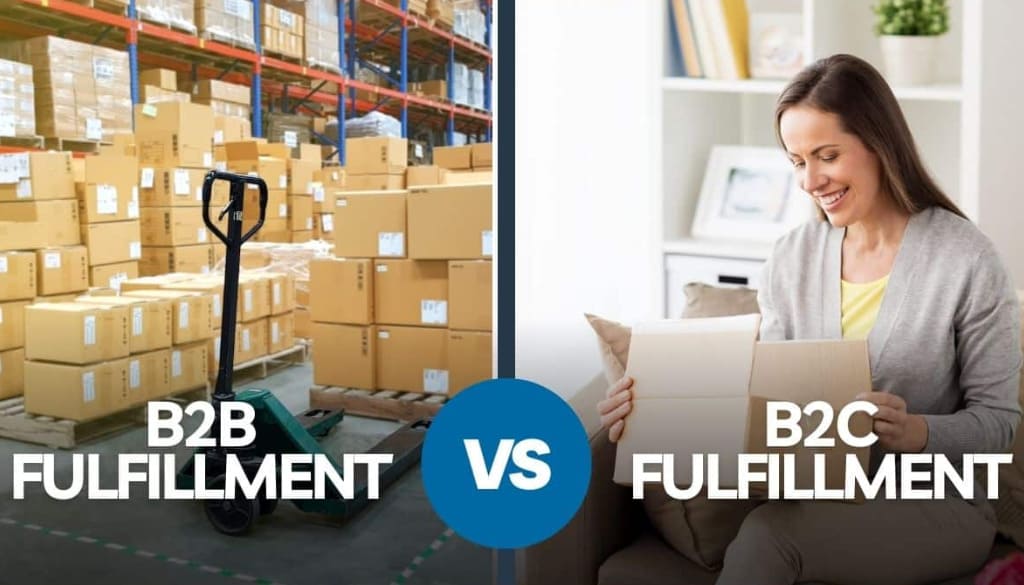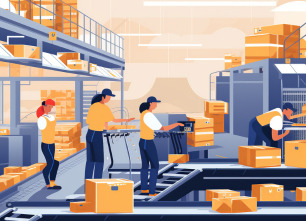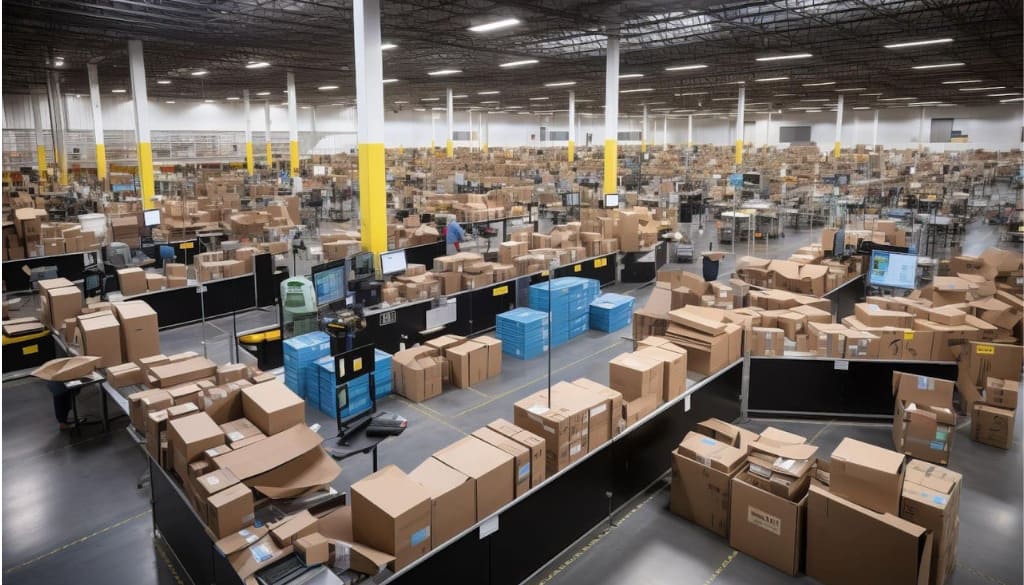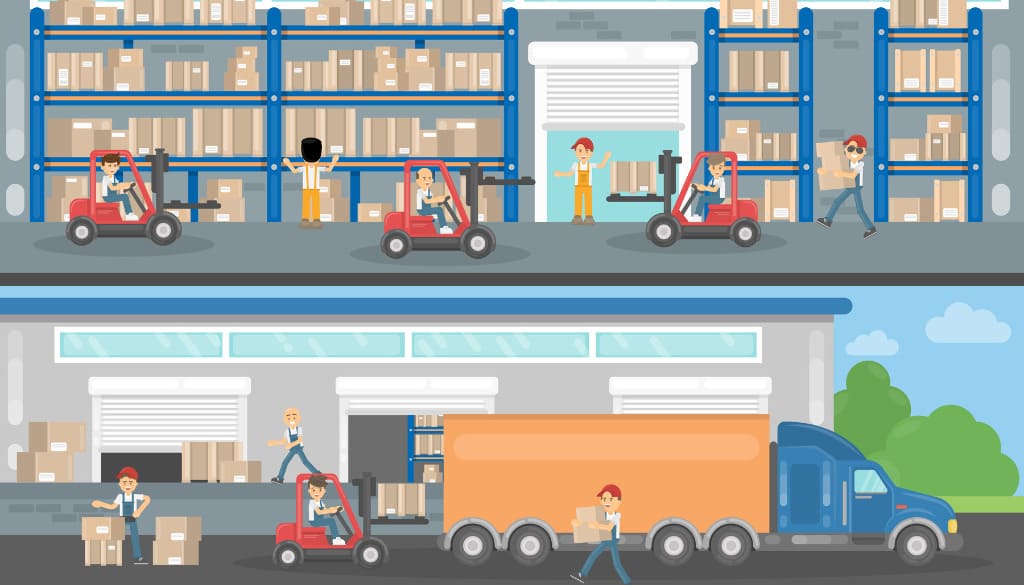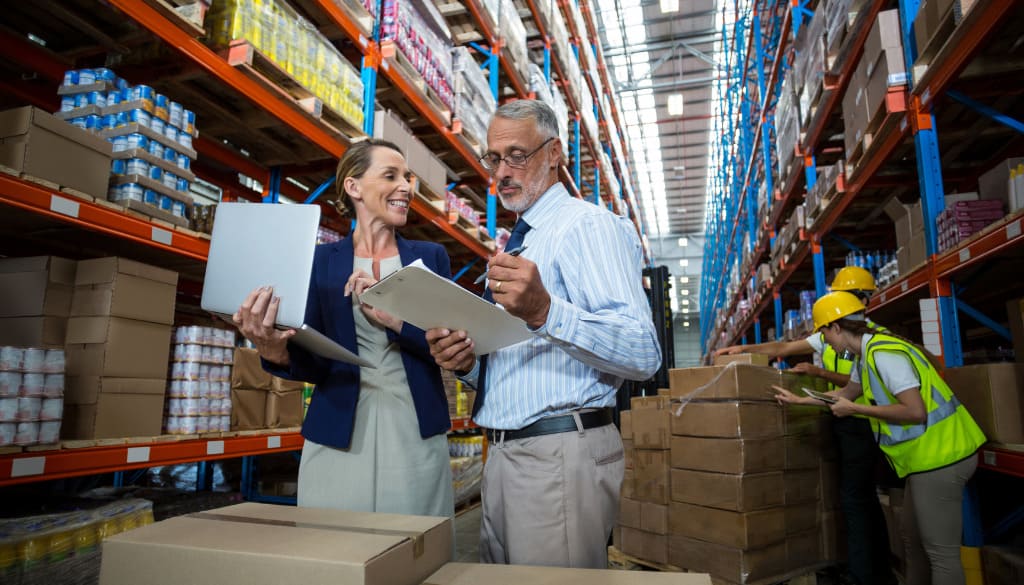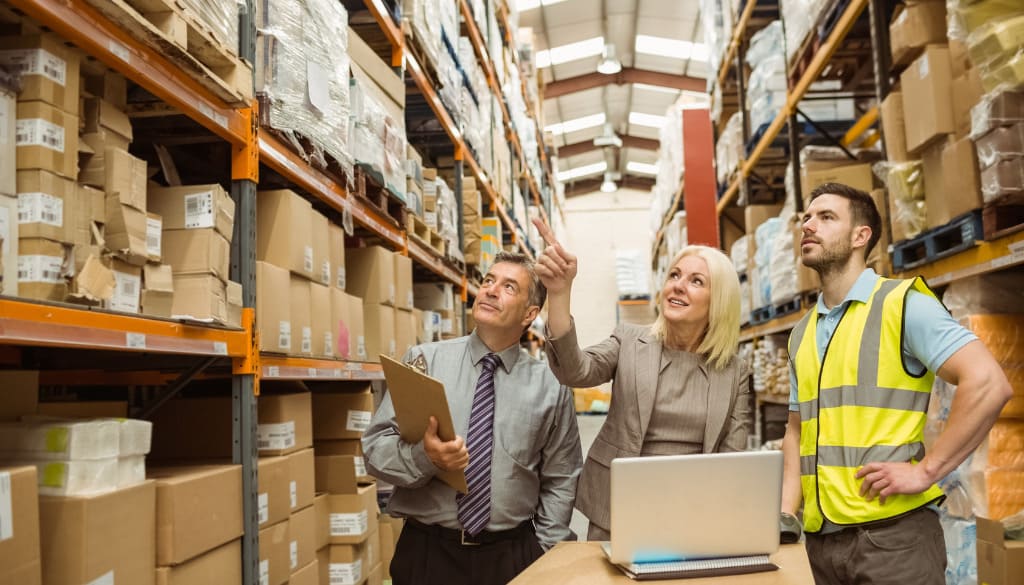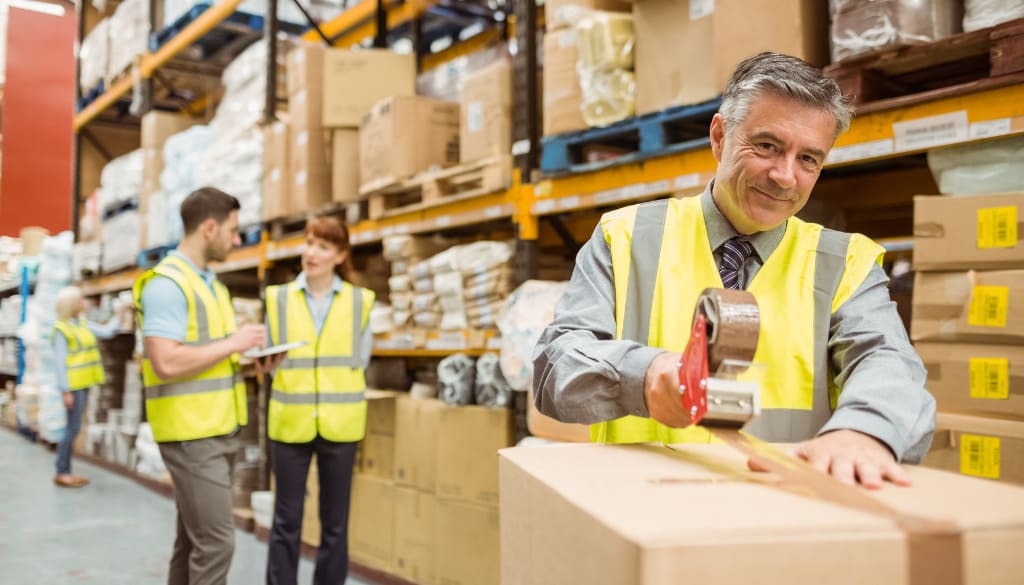In the Print on Demand (POD) business, choosing the right garment type can significantly impact your product quality and profit margin. Between side-seamed T-shirts and tubular T-shirts, which one is the better option for POD sellers? This article will help you understand the differences, as well as the pros and cons of each type, so you can select the most suitable blank for your business model.

Side-Seamed T-Shirts
When searching for the perfect blank product, POD sellers often face a trade-off between cost and quality. Side-seamed T-shirts represent the high standard of quality in the apparel industry. This is not just a technical feature – it’s a statement of brand positioning and a reflection of respect for the customer experience.
Refined Construction That Makes the Difference
At its core, a side-seamed T-shirt is made by cutting separate fabric panels for the front and back, then skillfully stitching them together with two vertical seams along the sides. This production method closely follows the natural shape of the human body – which is not a straight cylinder. The two-panel construction creates a foundation for a T-shirt that fits more naturally and elegantly, contouring to the body’s curves with precision.
For manufacturers, this structure allows better control over the garment’s form throughout the cutting, sewing, and printing processes. Each shirt maintains a high level of consistency in size and shape, minimizing production errors and ensuring the final product that reaches the customer meets premium quality standards.

Outstanding Advantages for POD Sellers
- Superior Fit and Durability: The greatest advantage of side-seamed T-shirts lies in their structured form and flattering silhouette. The two side seams act as a sturdy framework, clearly defining the shoulders, waist, and hips. More importantly, this construction prevents twisting or distortion after multiple washes, one of the most common complaints customers have about low-quality T-shirts. A shirt that retains its original shape not only satisfies customers but also reinforces your brand’s reputation for lasting quality.
- Broader Customer Appeal: Another strategic benefit is that side-seamed T-shirts are often available in separate fits for men and women (unisex retail fit or specific gender fit). Instead of a “one-size-fits-all” approach, these versions are tailored to highlight the natural contours of each gender. This creates a more premium and personalized shopping experience a crucial differentiator on competitive POD marketplaces like Etsy, Amazon, TikTok Shop, and Shopify, where customers increasingly seek the perfect fit.
- Optimized Printing Surface for POD Techniques: In the POD industry, print quality is everything. Side-seamed T-shirts offer a key technical advantage: a flat, stable printing surface. Because the fabric panels are cut separately before sewing, positioning and aligning the design on the print table becomes highly precise. This is especially critical for Direct-to-Garment (DTG) printing, where even a 1–2 cm misalignment can ruin the entire layout. The stable surface ensures consistent ink absorption, sharper color details, and perfectly aligned designs every time.
- Enhanced Customer Satisfaction: When customers receive a shirt that fits well and maintains its shape, it immediately elevates their perception of your brand. Choosing side-seamed T-shirts is a strategic way to position your POD products in the premium category. Industry favorites such as Bella+Canvas 3001, Next Level 3600, and AS Colour 5001 all use this construction method. By selecting these high-quality blanks for your store, you align your business with successful global POD brands and establish a professional, trustworthy image.
Operational Considerations to Keep in Mind
Naturally, superior quality often comes with a higher cost. Side-seamed T-shirts typically cost about 5–10% more than tubular ones made from the same material, due to their more complex manufacturing process. In addition, production time may also be slightly longer. These are factors that sellers should carefully evaluate when setting prices and managing inventory, especially during high-demand sales seasons.
However, this price difference can be seen as a worthwhile investment in customer satisfaction and long-term brand reputation.
Tubular T-Shirts
In the Print on Demand (POD) industry, balancing production costs with retail pricing is always a key consideration. Tubular T-shirts have emerged as a cost-effective solution, ideal for large-scale production with fast turnaround times. Although they may not offer the same refined fit as side-seamed shirts, tubular T-shirts maintain a strong presence in the market thanks to their operational efficiency and cost advantages.
High Efficiency Through Simplified Construction
The key difference of tubular T-shirts lies in their production process. Instead of cutting and sewing separate fabric panels, the entire body of the shirt is knitted as a single continuous tube. From these tubular fabric rolls, manufacturers simply cut sections to the standard length of each size, then attach the collar and sleeves.
This method eliminates the complex side-seam stitching process, significantly saving materials, reducing labor costs, and shortening production time. Such optimization provides a strong price advantage, making tubular T-shirts the go-to choice for product lines targeting the mass-market segment.

Key Operational Advantages
- Cost Optimization and Higher Profit Margins: The most obvious advantage of tubular T-shirts is their lower blank cost. For POD sellers, this opens up two strategic directions: offering more competitive pricing to attract price-sensitive customers, or maintaining a standard retail price to increase profit margins per unit sold. This makes tubular T-shirts an excellent option for new stores or entry-level product lines looking to balance quality and affordability.
- High Productivity and Readiness for Peak Seasons: The fast production speed of tubular T-shirts is a major advantage for fulfillment operations. Printing facilities and suppliers can easily handle large-volume orders within short timeframes especially during high-demand seasons such as Q4, Black Friday, or flash sales. A stable and scalable supply chain allows sellers to confidently run marketing campaigns without the risk of product shortages or delays.
- Comfort from Seamless Design: The absence of side seams provides a smoother, more comfortable wearing experience, particularly during physical activities. The continuous fabric structure eliminates friction and pressure points, making tubular T-shirts ideal for unisex basics, uniforms, or product lines where comfort is the top priority.
- Trusted by Classic Brands: Many long-established and widely used blank apparel brands in the global POD industry feature tubular construction. Well-known models such as Gildan 5000, Gildan 2000, and Fruit of the Loom Heavy Cotton are staple choices trusted for their consistency, reliability, and availability across multiple fulfillment networks.
Limitations to Be Aware Of
- Risk of Shape Distortion After Washing: The biggest drawback of tubular T-shirts is their less stable structure. Without side seams to hold the fabric in place, the material tends to twist slightly after a few washes, causing the shirt to lose its original shape and diminishing the customer’s long-term wearing experience.
- Less Flexible and Less Flattering Fit: The cylindrical construction results in a relatively straight and “boxy” silhouette that does not contour to the body’s natural curves. This makes tubular T-shirts less suitable for premium fashion brands or product lines that prioritize a fitted, body-flattering look.
- Challenges in Print Alignment Accuracy: For DTG (Direct-to-Garment) and DTF (Direct-to-Film) printing, achieving perfectly symmetrical alignment on the curved surface of a tubular shirt can be difficult, especially for larger sizes. The risk of slight off-center placement is a production concern that POD sellers should monitor closely to maintain consistent product quality.
Comparison Between Side-Seamed and Tubular T-Shirts
| Criteria | Side-Seamed T-Shirts | Tubular T-Shirts |
| Construction | Made from two fabric panels sewn together with side seams | Knitted as a single continuous tube, no side seams |
| Fit & Shape | Structured, fitted, and retains shape after washing | Straight form, may twist slightly after washing |
| Cost | 5–10% higher | More affordable, cost-efficient |
| Wearing Comfort | Snug, body-contouring, flattering silhouette | Loose, roomy, unisex comfort |
| Production Time | Slightly longer due to sewing process | Faster, ideal for large-scale fulfillment |
| Suitability for POD Printing | Easier to align designs, more accurate prints | Slight risk of misalignment on larger prints |
| Representative Brands | Bella+Canvas 3001, Next Level 3600 | Gildan 5000, Fruit of the Loom Heavy Cotton |
| Premium Level | High-end, professional, suitable for branded collections | Basic, budget-friendly, ideal for testing new designs |
Which Type of T-Shirt Should You Choose for POD?
In the Print on Demand (POD) business, selecting the right type of T-shirt not only affects the customer’s wearing experience but also directly impacts your operational efficiency and profit margins. The two most common types today side-seamed T-shirts and tubular T-shirts each come with their own advantages and limitations, making them suitable for different business goals and strategies.
When to Choose Side-Seamed T-Shirts
Side-seamed T-shirts are the ideal choice for sellers looking to build a distinctive POD brand, position their products in the premium segment, and focus on customer experience. The two-panel construction, joined by seams running along both sides, gives the shirt a more structured, form-fitting shape that maintains its silhouette and resists twisting after multiple washes.
Thanks to their flat and stable fabric surface, these shirts are particularly well-suited for POD printing methods such as DTG (Direct to Garment) and DTF (Direct to Film), where precise print placement is crucial. Buyers on marketplaces like Etsy or Shopify tend to prefer shirts with a tailored, premium look and feel, making side-seamed T-shirts a perfect option for sellers aiming to create a professional impression and build long-term brand value.
Side-seamed shirts are also great for fashion-forward or lifestyle niche products such as graphic tees, profession-based designs, or art-inspired collections.
Recommended Blanks:
- Bella+Canvas 3001 / 3001CVC: Soft fabric, slightly fitted form, excellent for DTG printing.
- Next Level 3600: Smooth texture, true-to-size fit, delivers sharp and vibrant prints.
- AS Colour 5001: Premium quality, trusted by many international POD brands.
When to Choose Tubular T-Shirts
In contrast, tubular T-shirts are a practical choice for sellers who prioritize fulfillment speed and production cost optimization. With their seamless tubular construction, these shirts eliminate side stitching, streamline the manufacturing process, and boost productivity while reducing overall costs.
This type of T-shirt is especially suitable for sellers handling high-volume sales on platforms like Amazon, eBay, or TikTok Shop, where customers tend to value affordability and fast shipping over a highly structured fit. Tubular T-shirts are also an effective option for market testing, launching new designs, or running short-term promotional campaigns with competitive pricing.
They work best with simple designs front, back, or sleeve prints that do not require precise form alignment.
Recommended Blanks:
- Gildan 5000: Thick, durable fabric, ideal for mass-market sales.
- Gildan 2000: Softer texture, unisex fit.
- Fruit of the Loom Heavy Cotton: Easy to print on and consistently available during peak seasons.
In summary, side-seamed T-shirts deliver greater brand value and a premium feel, while tubular T-shirts excel in cost efficiency and production speed. Sellers should consider combining both types strategically to suit different customer segments, product lines, and business goals. This balanced approach helps maximize profit while maintaining harmony between quality, pricing, and user experience in today’s competitive POD market.
Choosing the right type of T-shirt is a crucial step for POD sellers to optimize product quality, control costs, and enhance the overall buying experience. Once you understand the differences between side-seamed T-shirts and tubular T-shirts, it becomes much easier to select the blank that best fits your brand’s identity and target market.
If your goal is to develop a premium product line, elevate your brand image, and focus on customer experience, side-seamed T-shirts are a worthwhile investment. On the other hand, if you aim to scale production, speed up fulfillment, and compete on price during peak seasons, tubular T-shirts will help you achieve higher operational efficiency and profitability.
For detailed consultation on blank selection, fulfillment strategies, and cost optimization solutions for your Print on Demand business, please contact FlashShip at (+84) 943 024 337 or visit seller.FlashShip.net.


